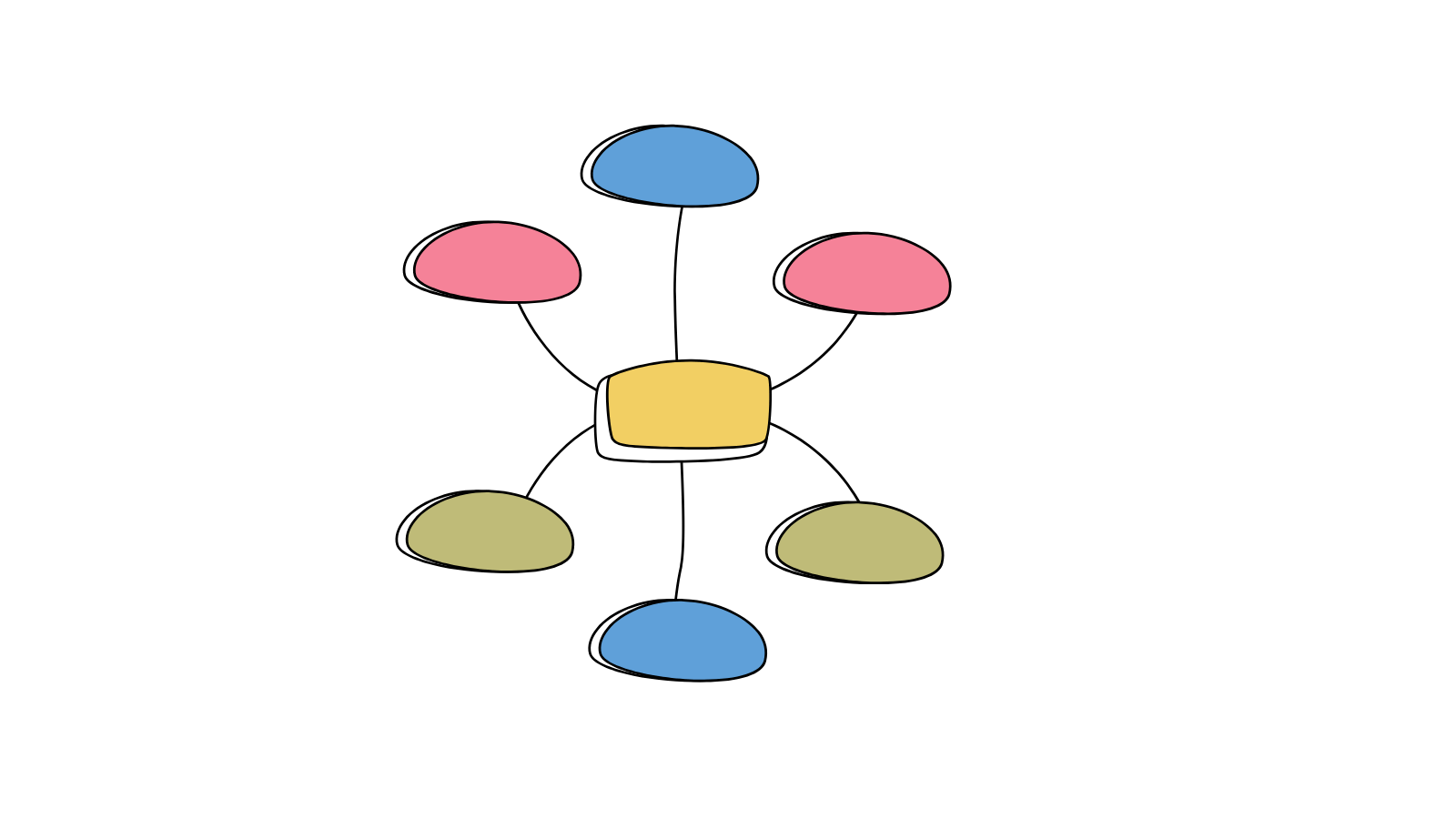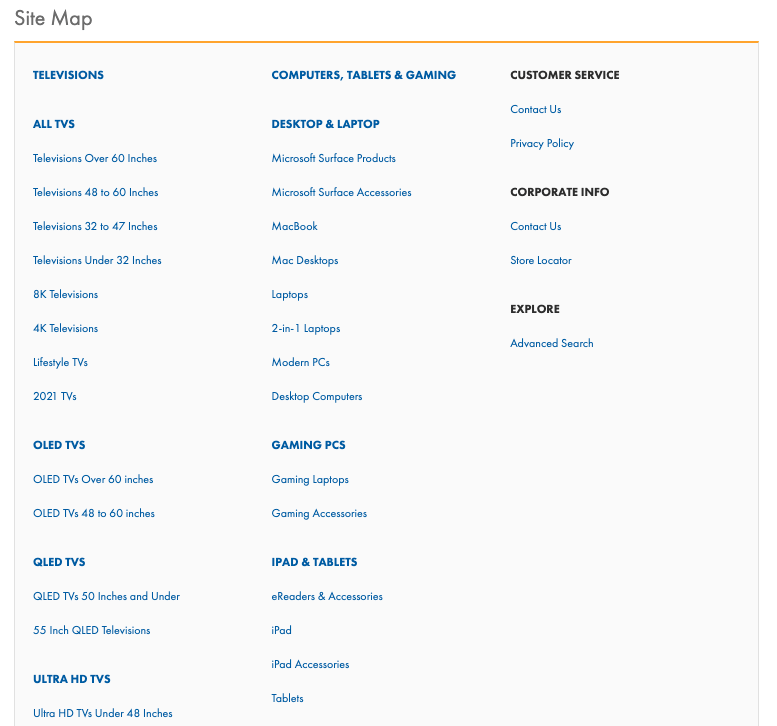Whether you’re a blogger looking to monetize your hobby or a small business diving into content marketing, making your blog SEO-friendly is the way to reach your goals. SEO, short for search engine optimization, is following a series of practices to make your web pages, or in this case blog posts, appear higher up in the search engine results page (SERP). An SEO strategy includes
- Keyword research
- Creating an optimal user experience
- Writing quality content with useful information
- Formatting your web pages effectively
- And more
Follow these SEO tips to get more traffic to your blog in no time!
SEO Vocabulary
If you don’t know a SERP from a featured snippet, that’s okay!
On-page SEO
Anything on the page that optimizes it to appear higher on search results is on-page SEO. This includes factors like:
- Content
- User experience
- Page structure
- Meta data
- Descriptive URLs
- Image optimization
- Internal linking
Off-page SEO
SEO factors unrelated to the content on a website are called off-page SEO. This includes factors such as:
- Site performance
- Backlinks
- Domain authority
- Signals created by social media channels directing traffic to your site
Technical SEO
Anything that users can’t see on the front end that improves communication with search engines is technical SEO. These factors include:
- Mobile friendliness
- Page Speed
- Data Structure
- Site Structure
- Management of indexing and crawling errors
SERP
The Search Engine Results Page (SERP) is the page the search engine displays the results on when you perform a search. The goal of SEO is to get your website as far up the SERP as possible for as many keywords as you can.
Keyword Research
SEO revolves around keyword research, or the act of researching how popular search terms are on your search engine of choice and creating a list of target keywords. You’ll want to target a main keyword with high search volume and low keyword difficulty for each new blog post. SEMRush, Moz, Ahrefs, and Google Analytics are all great keyword research tools.

Featured Snippets
Featured snippets are the excerpts from articles that Google sometimes shows near the top of the SERP. Being featured as a rich snippet gives your content more real estate on the page than competitors. There is no way to guarantee being chosen for a rich snippet, but using structured data can improve your odds.
White Hat SEO
White hat SEO refers to SEO that meets the ethical standards of the SEO community.
Black Hat SEO
Black Hat SEO refers to SEO practices that are frowned upon and considered cheating. These include:
- Keyword Stuffing: using the same keywords over and over in a way that makes no narrative sense
- Content automation: automatically generating content for no other purpose than ranking
- Hidden text or links: keywords or links the color of the background so search engines can see them but human readers can’t
- Sneaky redirects: redirects that send readers to a different URL than the one they clicked on
- Cloaking: showing different pieces of content to search engines and users
- Link schemes: buying and selling of backlinks
- Duplicate content: copying and pasting content on different domains
- Article Spinning: using a software to rephrase duplicate content
- Abusing Featured Snippets: providing inaccurate information with the goal to be a featured snippet
- Comment spam: spamming blog comments with links to your website
- Phishing, viruses, trojans, and other malware
Getting caught using black hat SEO could lead to your website getting banned from Google.

Why is SEO Important for Blogs?
Increase Organic Search Visibility
An effective SEO strategy means more traffic to your blog based on organic search. That means people who are looking for useful information will find it on your blog.
Gain Credibility
Building a good reputation online can be challenging for a new blogger. Writing new content regularly about topics that people search for and following other SEO best practices establishes you as an authority in your niche.

How Search Engines Rank Websites
Search engine algorithms aren’t the most transparent thing in the world, but it does make its main ranking factors public. These include:
Referring Domains
If high authority domains link to you, this tells search engines that your website is also high-authority and can improve your ranking.
Organic Click-Through-Rate
The organic click-through-rate is the number of times searchers click on your page after searching for a keyword. A high CTR can lead to higher ranking.

Domain Authority
High quality backlinks you have and optimized content over time lead to higher domain authority. Websites with high domain authority rank higher on search engines.
Domain Relevancy
If your content is relevant to your domain, that signals to search engines that you are an authority on the topic. You’re more likely to rank for the most relevant content and relevant keywords to the words in your domain.
Mobile Usability
More than half of all web traffic worldwide comes from mobile devices. That’s why search engines rank mobile-friendly websites higher than websites with a desktop-focused user experience. A mobile-friendly website is one that:
- Uses a responsive theme
- Keeps designs simple
- Uses large and readable fonts
- Simplifies all forms and menus
- Loads fast
- Optimizes images
- Makes good use of space
- Has large, hard-to-miss buttons
- Includes a search bar
- Includes a site map with URLs
- Doesn’t use pop-ups
There is a lot of overlap between SEO best practices and mobile-friendly design.

Dwell Time
The more time users spend on a web page, the more useful search engines interpret the content to be. You want a high dwell time and a low bounce rate. The bounce rate is what percentage of the users go back to the search results page after clicking on your content.
Total Number of Backlinks
The number of links to your website from other websites.
Content Quality
At the end of the day, your content simply has to be good. Content that is high quality, answers people’s questions, and is enjoyable to read is more likely to hit all of the other ranking factors as well.

Ways To Optimize Blog Content for Search Engines
Follow these SEO tips and your blog content will start moving up the SERP in no time.
Know Your Target Audience
Think about who your customers are and how you can reach more people like them. Most marketing teams create customer personas and use them to guide their marketing decisions. It’s easier to appeal to Small Business Owner Steve, College Student Chris, or Teacher Tammy than to a collection of demographics.
.png?width=1600&name=Audience%20(2).png)
Use Topic Clusters
Topic clusters are a popular blogging method. It involves choosing three to five pillar topics and creating clusters of content to support each pillar. Pillar topics are the subjects of longer blog posts and cluster topics get shorter ones. You can use a content planner tool on your preferred keyword research software and look at forums and social media to see what questions people are asking about the topic.

Use Strong Calls to Action
A call to action (CTA) is the words on a button or hyperlink directing website visitors to take an action. A CTA needs to grab their attention and nudge them through the sales funnel. Your calls to action should:
- Use action words
- Create a sense of urgency
- Stand out
- Be short
- Highlight immediate benefits

Include Keywords in Your Meta Descriptions
A meta description is the description that shows up under the title tag and URL of your page on the SERP. It should:
- Expand on the title
- Demonstrate search intent
- Use an active voice
- Be 140-160 characters long
- Include the primary keyword
- Tease the information in the post
- Include a call to action

Mind Your Title Tags
The title tag is the clickable headline that goes with the page on the SERP. It doesn’t have to be the same as the title of the page since Google can only display 60-70 characters of a title, but it should be similar. Be sure to use target keywords in both the title and the title tag.

Use Headings and Subheadings
Breaking up your pages into short, easily digestible sections with a heading above each one isn’t just great for readability. It also signals to search engines which keywords are the most important. The H1 tag is for the title of the page. H2, H3, and H4 tags are for the subheadings.
Use Readable URLs
URLS are the first place where you can use keywords. Descriptive URLs make your site more organized and easier to link, reference, and visit. Go for coolwebsite.com/blog, not coolwebsite.com/12408347.
Create a Sitemap
A sitemap helps search engine bots crawl and index it. There are different types of sitemaps, but the most relevant one to SEO is an XML sitemap that links to different pages of the site. The Google XML plugin can create a sitemap for you.

Add Alt Text to Images
Alt text is descriptive text that accompanies images so screen readers, a device that assists blind people by reading the contents of electronic screens out loud, can process the images.
Alt text also has an SEO benefit since search engine bots can’t see images either and Google ranks websites with alt text on their images higher than ones without it.
Link to High-Authority Websites
There are a few different ways to use external links in your blog posts. Link to sources for statistics. Link to businesses you collaborate with and ask them to do the same. Join an affiliate program. Just make sure to only use links to relevant content and not to over use them.
![]()
Use Internal Links
Internal links to other blog posts can encourage readers to read more of your content. If your website isn’t just a blog but also has items to purchase, link to those as well so your blog post can lead directly to money for you.
Get an SSL Certificate
Sites with SSL start with https:// instead of http://. An SSL certificate prevents data that is displayed or collected by a website from being corrupted. It’s a good idea to have one anyway, but search engines also rank sites with it higher than sites without.

Design a Link-Building Strategy
Link building is the act of offering a link to a collaborator’s website in exchange for a link to theirs. In an exchange like this, both parties can gain more credibility.
Add Images and Videos
Images break up the monotony of plain text and can help drive your information home. Use images that are relevant to the content and communicate information after each big paragraph.
Similarly, videos can attract attention from people who would rather watch content than read it. For some search queries videos can establish search intent. Some good fits for video content include
- Tutorials
- Interviews
- Demo videos
- Live streams

Monitor SEO with the Search Console
Google Search Console is a free tool to measure your site’s organic traffic and other SEO metrics. It can help you fix your SEO mistakes and understand how Google sees your website.
How Sav Can Help
Using a website builder makes SEO easier for small businesses by building in consistent, intuitive layouts. With Sav’s SEO features, you don’t need to be an SEO expert to dominate Google. All Sav websites come with a free SSL certificate. We’re here to help you from purchasing your domain name to going live to the day-to-day management of your small business website. Start your optimization today.
Newsletter
Popular
Top Articles
Recommended articles
How to Come up With Ecommerce Product Ideas
Whether you’re starting a new ecommerce business or expanding a pre-existing one, what products to sell online is an important decision....
Read moreHow to Create a Modeling Portfolio
What is a Modeling Portfolio? A modeling portfolio is a demonstration of your skills and talent you can show to potential employers and...
Read moreThe Best Side Hustles From Home to Try
Why Start a Side Hustle from Home? Earn Extra Money Being alive is expensive right now. Whether your financial goals are to pay off your...
Read more



